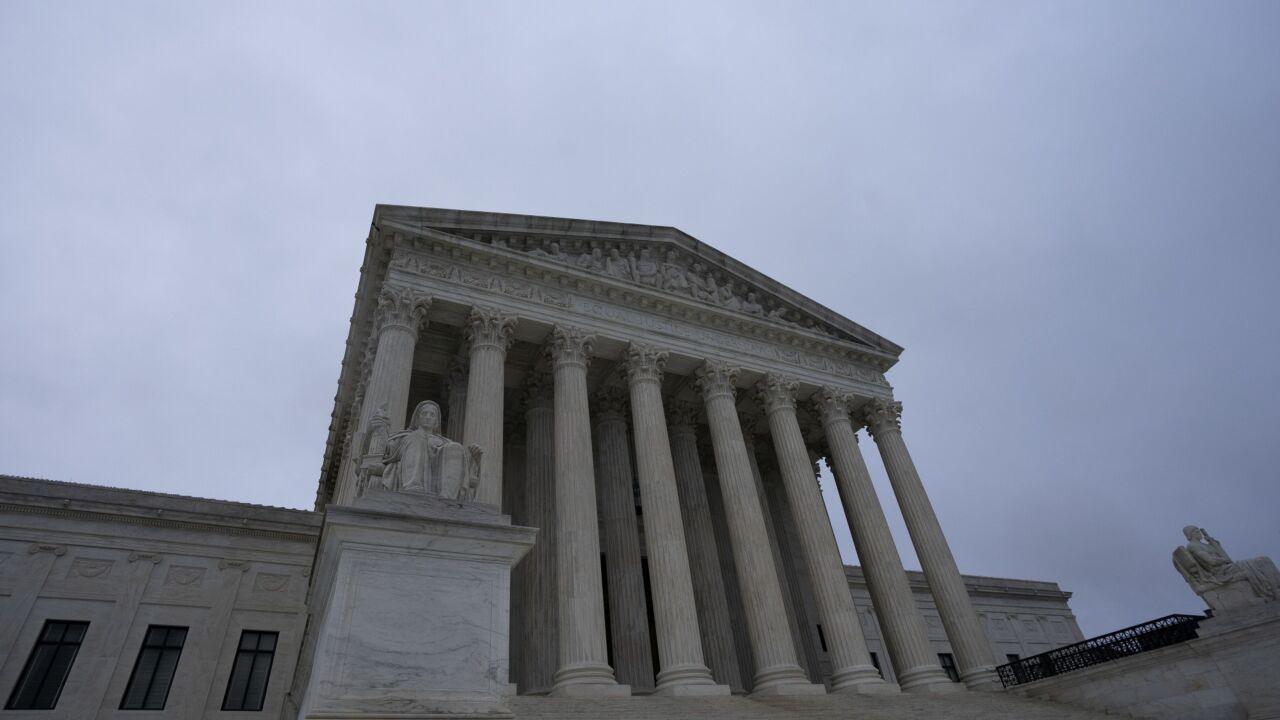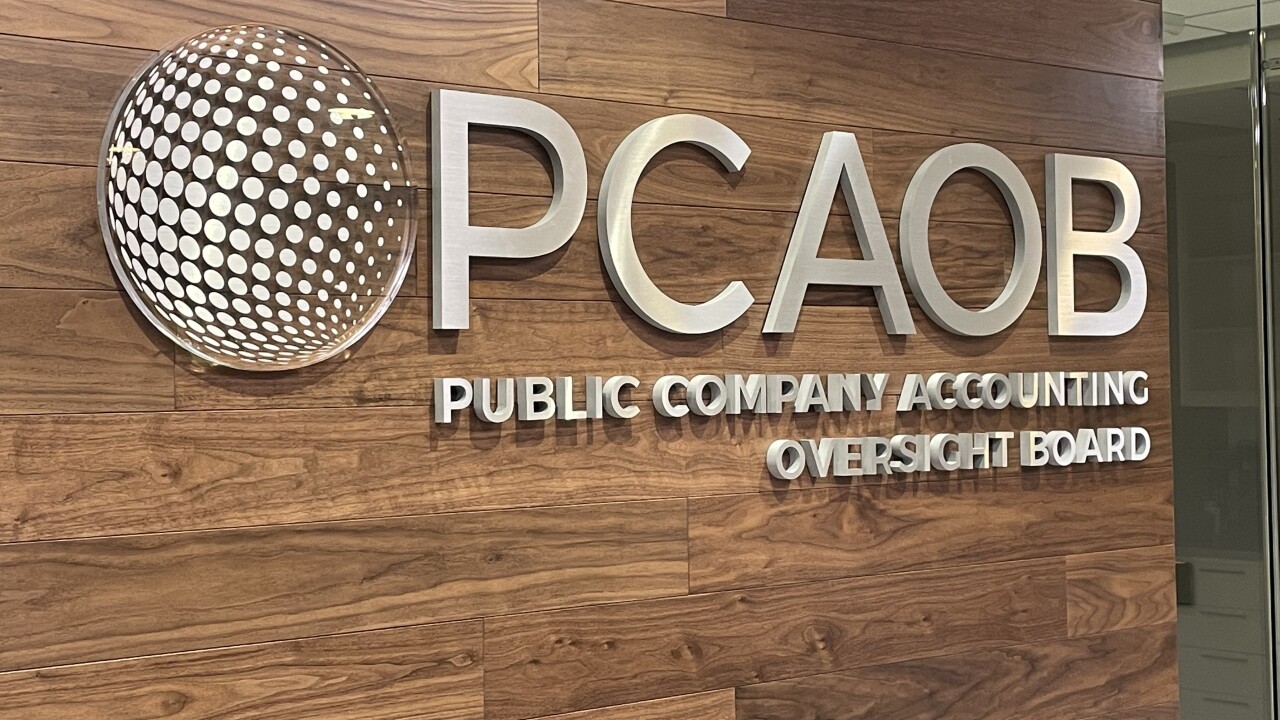The Internal Revenue Service is being urged to improve its efficiency in auditing the growing number of large partnerships, in a new government report.
The
However, the IRS audits few of those large partnerships, and when it does, most of the audits resulted in no change to the partnership's return and the aggregate change was small. In part that is due to the complexity of the structure of many of the large partnerships and the procedures needed to audit them.
At the same time more businesses are organizing as partnerships while fewer are becoming C corporations. Unlike C corporations, partnerships do not pay income taxes but pass on income and losses to their partners. Large partnerships (those the GAO defined as having $100 million or more in assets and 100 or more direct and indirect partners) are growing in number and have complex structures. Some partnerships create tiers of partnerships with hundreds of thousands of partners. Tiered large partnerships are challenging for the IRS to audit because tracing income through the tiers to the ultimate partners is complex.
The GAO has released two previous reports this year on the IRS’s problems with auditing large partnerships (see
In the new report that was released Thursday, the GAO said that although the federal government’s internal control standards call for information about effective resource use, the IRS has not defined what constitutes a large partnership and does not have codes to track these audits. According to IRS auditors, the audit results may be due to challenges such as finding the sources of income within multiple tiers while meeting the administrative tasks required by the Tax Equity and Fiscal Responsibility Act of 1982, also known as TEFRA, within the specified time frames.
For example, IRS auditors said that it can sometimes take months to identify the partner that represents the partnership in the audit, reducing time available to conduct the audit. TEFRA does not require large partnerships to identify this partner on tax returns. Also under TEFRA, unless the partnership elects to be taxed at the entity level (which few do), the IRS must pass audit adjustments through to the ultimate partners.
IRS officials told the GAO that the process of determining each partner's share of the adjustment is paper and labor intensive. When hundreds of partners' returns have to be adjusted, the costs involved limit the number of audits IRS can conduct. Adjusting the partnership return instead of the partners' returns would reduce these costs but, without legislative action, IRS's ability to do so is limited.
The GAO noted that a three-year statute of limitations governs the time that the IRS has to conduct partnership audits, which is about equally split between the time from when a return is received until the audit begins and the time to do the audit. The IRS then has a year to assess the partners their portion of the audit adjustment.
The IRS has initiated three projects—one of which is under development—to make large partnership audit procedures more efficient, such as identifying higher risk returns to audit. However, the two projects implemented were not developed in line with project planning principles. For example, they do not have clear and measurable goals or a method for determining results.
As a result, the IRS may not be able to tell whether the projects succeed in increasing audit efficiency.
The GAO recommended that Congress should consider requiring large partnerships to identify a partner to represent them during audits and to pay taxes on audit adjustments at the partnership level. The report said the IRS should take multiple actions, including: define large partnerships, track audit results using revised audit codes, and implement project planning principles for the audit procedure projects.
Senate Finance Committee chairman Ron Wyden, D-Ore., commented on the GAO report. “All points lead to the need for comprehensive, bipartisan tax reform and this is yet another example,” Wyden said in a statement. With a boom in the creation of large partnerships—increasing 47 percent from 2002 to 2011—and the decline in traditional C corporations, GAO makes a good case for revisiting how the tax code shields large partnerships from IRS audits. We need a 21st century tax code that is equitable to all taxpayers and the current system for partnerships makes it almost impossible to determine if they are paying their fair share.”
The IRS agreed with all the recommendations, but noted that revision of the audit codes is dependent upon its future funding.
“The report presents a number of challenges IRS faces when conducting audits of large, widely held partnerships resulting from the tax laws in place, reduced resources and the many complexities of multi-tiered structures that taxpayers have chosen,” wrote IRS deputy commissioner for services and enforcement John Dalrymple in response to the report. “We are pleased the report not only acknowledges these challenges but also acknowledges the ambitious and continued efforts IRS is taking to address these. We established the Large Partnership Compliance Management Team pilot to address the many challenges of auditing large partnerships; we have created specific procedures for conducting risk assessments of partnerships with at least 100 or more direct or indirect partners during the classification process; and have created a Just-in-Time pilot to mitigate the administrative burden of the TEFRA audit procedures and reduce the high no-change rates of large partnership returns.”





